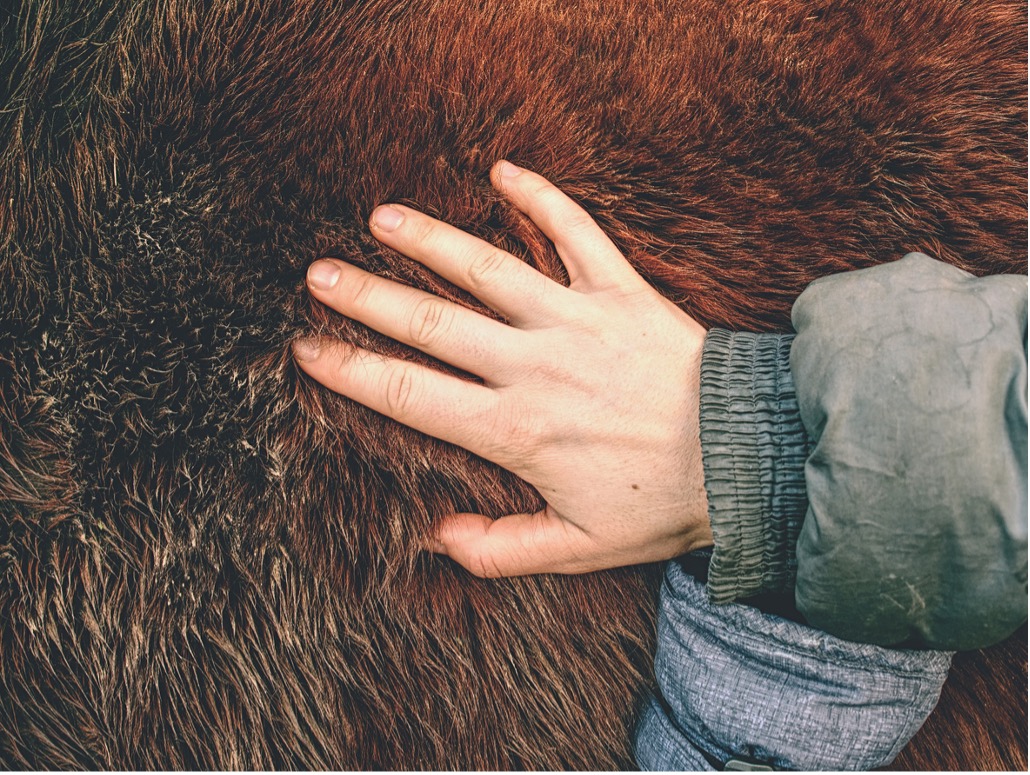Lumps, bumps, or growths on your pet are more common than you may think. Many of them are harmless while some require treatment. For this reason, it is important that you know what to look for and what you should do if you find one.
Different Types of Lumps, Bumps, and Growths
There are numerous different lumps, bumps, and growths that you might find on your pet. When you find one, it’s easy to jump to conclusions that it could be a death sentence. However, there are a number of them that are benign (meaning non-cancerous). These may require no treatment or are easily removable by a trained veterinarian.
Here are some of the more common types that you may find on your pet:
Lipomas (fatty tumors)
These fatty tumors are not cancerous. They are usually soft and moveable and are generally just under the skin.
They can grow to be quite large, but they often don’t require any treatment unless they make it difficult for your pet to walk or move in some way.
Skin tags
These are harmless growths that often pop up from the skin’s surface on a stalk. Like people, pets can have a single skin tag, or clusters on their chest, legs, face, back, armpits, or other areas.
Skin tags can develop in any breed, although large-breed dogs appear to have these small growths more commonly. Since these bumps are benign, surgical removal is rarely necessary unless your pet begins to chew or scratch them and cause them to bleed.
Sebaceous cyst
A sebaceous cyst is basically just a big pimple on your pet’s skin. These bumps are clogged oil glands in the skin that are harmless to your pet, although they can become inflamed and sore if they rupture. Typically, a sebaceous cyst is a small, raised bump, which can burst.
Sebaceous cysts normally don’t require surgical removal unless they keep clogging and rupturing. Medicated shampoo can also help reduce their frequency and severity.
Histiocytoma
This type of bump is a benign tumor commonly affecting pets under a few years of age. They look like small, firm, button- or dome-like bumps on the skin surface. These benign masses originate from the immune cells that provide protective immunity to the tissues that come in contact with the outer environment.
They typically go away in just a few months or less. However, if a histiocytoma doesn’t go away on its own, surgical removal can take care of it.
Schedule an Appointment
Whichever type of growth you might find on your pet’s body, you should schedule an appointment right away to have it diagnosed. Lumps and growths are definitely in the “better safe than sorry” bucket when it comes to having them checked out.
Suppose it does turn out to be cancerous. In that case, you want to give your pet the absolute best chance at survival, which means getting it diagnosed fast and treated as rapidly as possible.
We have a full in-house laboratory to fully diagnose and monitor your pet’s health. Our testimonials speak for themselves, but it’s important to add that we do our jobs because we love it and we love helping animals, so let us help yours!
How You Can Check for Lumps, Bumps, or Growths
The fur on your pet normally makes it difficult to see any bumps, lumps, or swellings. So, you have to run your hands over their whole body, feeling for anything out of the ordinary. And, if you can do so safely, look inside their mouth, too. You should do this check at least once a month if possible.
It’s also a good idea to take your pet to the vet for regular checkups. Your veterinarian will check for any abnormal growths as part of the routine checkup.
Summary
Finding lumps, bumps, or growths on a pet can be a stressful experience. Remember to stay calm and contact us to set up an appointment. Whether it has to be treated or not, it’ll give you peace of mind to have a professional examine it.
Sincerely,
Kathryn Moriarty
Aspen Veterinary Clinic

